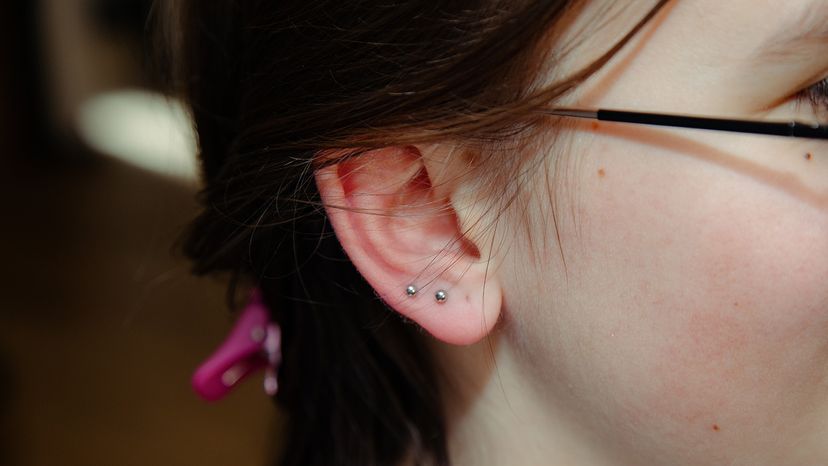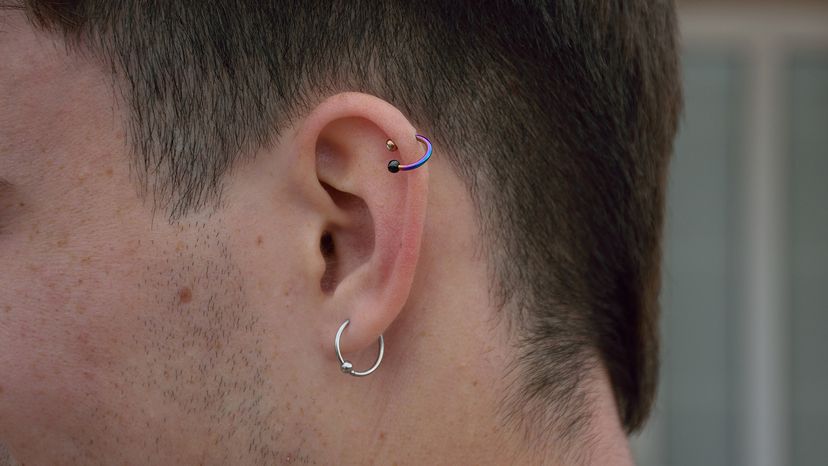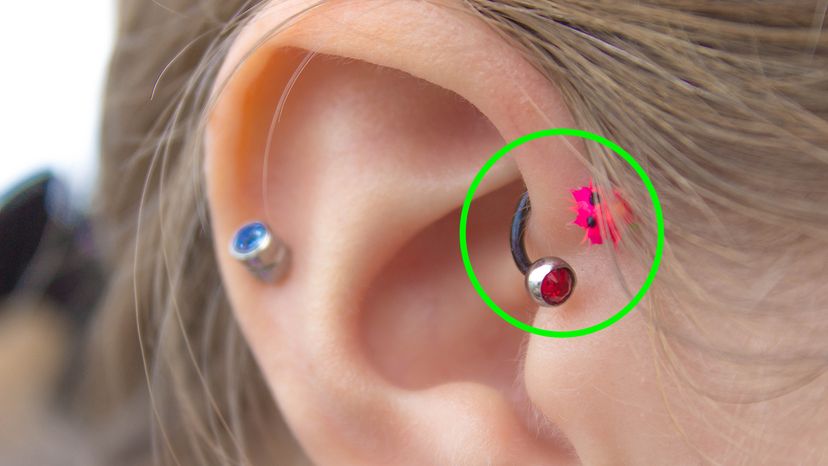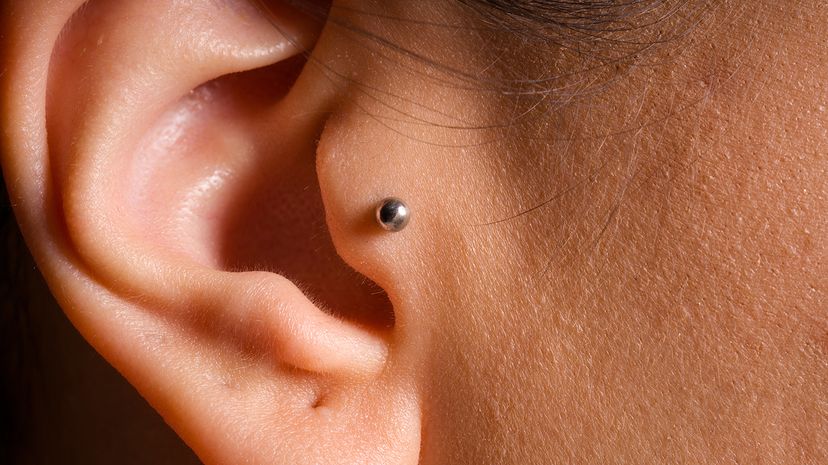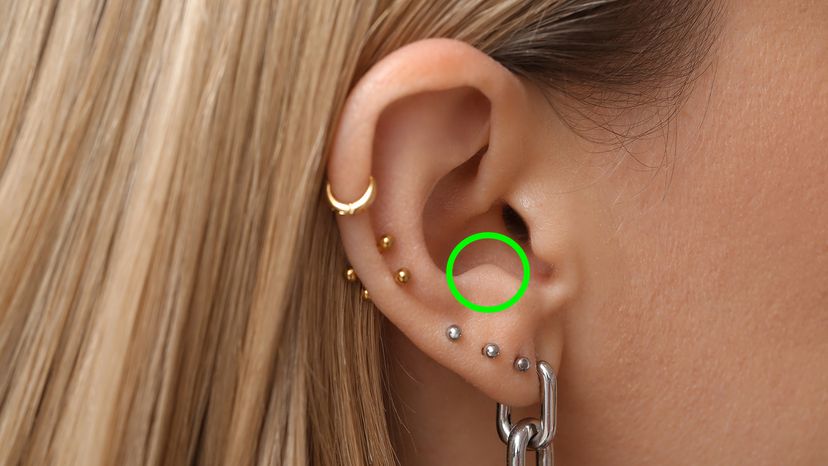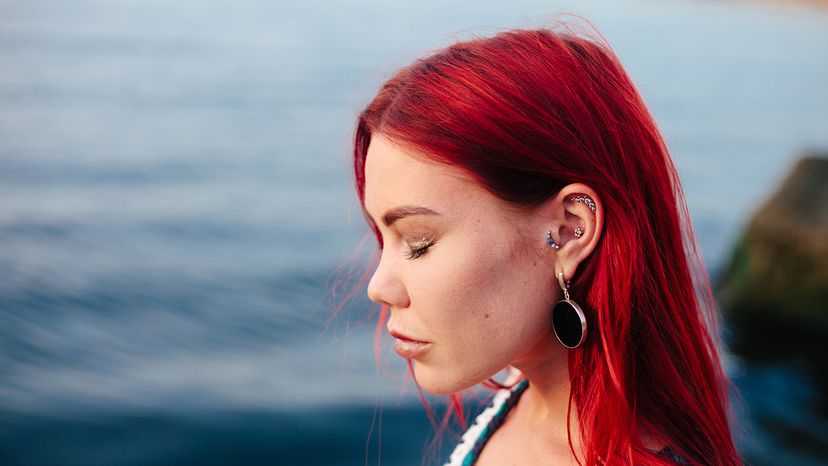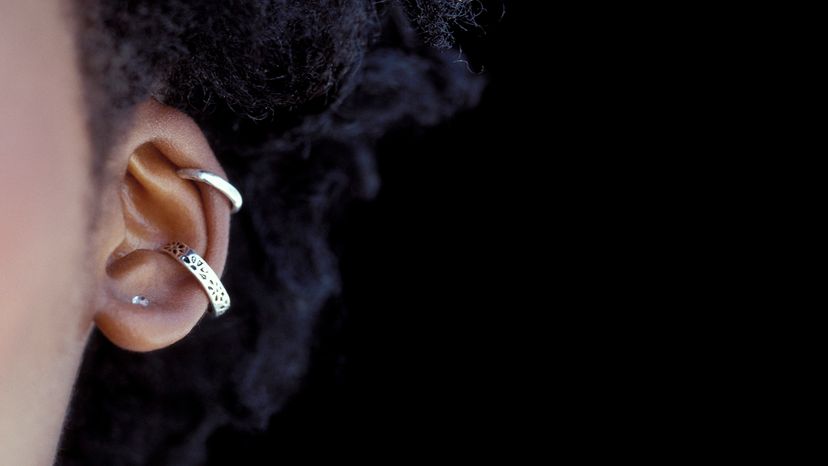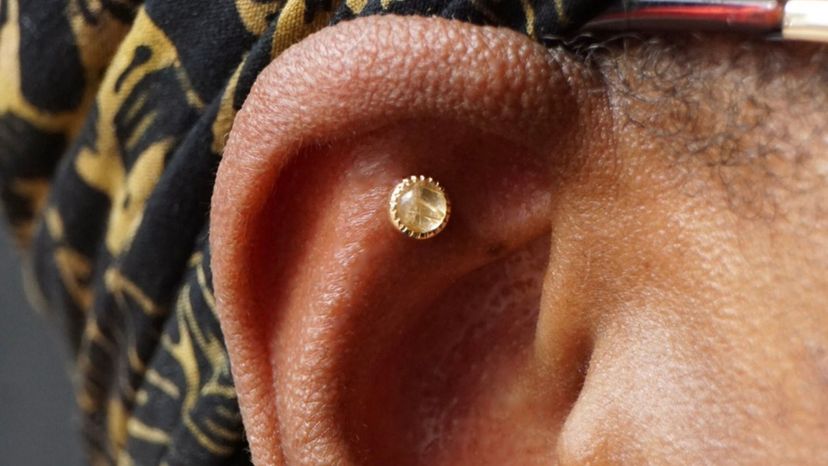
Whether you're thinking about getting your first stud or planning an elaborate constellation of hoops and rings, exploring the types of ear piercings can be a fun and expressive journey.
Human ears are surprisingly complex, offering a wide array of piercing options that go far beyond the traditional lobe. From the easily accessible lobe to the hidden folds of the inner cartilage, ear piercings are more than just accessories; they're tiny, curated pieces of body art.
Advertisement
Let's break down the many ways you can decorate your ears.

